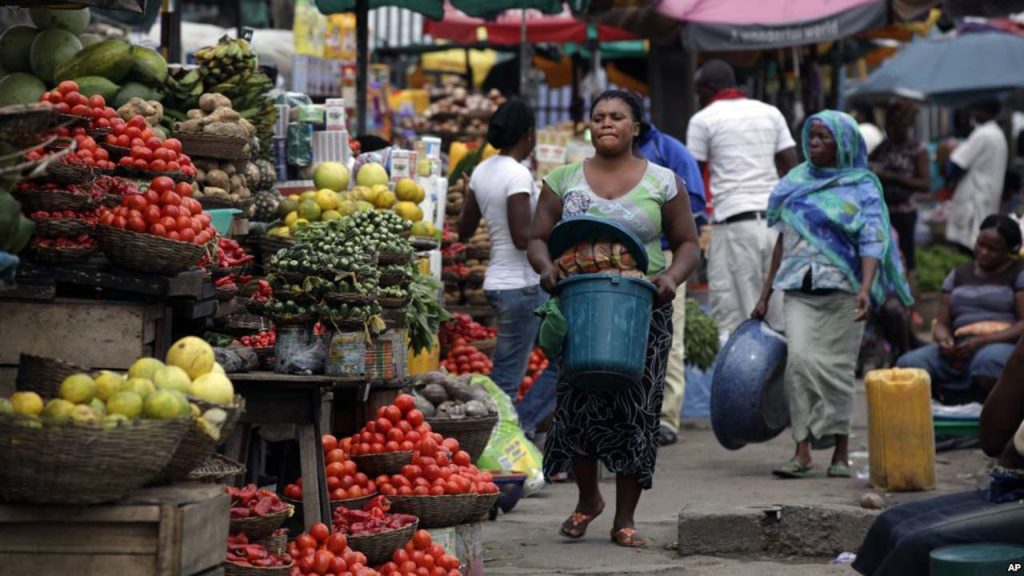
Nigeria’s economic climate is ever-evolving, with inflation rates playing a critical role in determining the cost of living across the country.
Inflation is currently at an 18-year high at about 27.33%; however, the burden of this rising inflation is felt differently across the country.
Year-on-Year Inflation Across States
Based on the latest data for October 2023 from the National Bureau of Statistics, here’s a listicle ranking the states from the least to the most expensive in terms of all items inflation rate, with a comparative look at the previous month’s figures and the food inflation stats:
- Kwara State – Starting the list is Kwara State, with the lowest inflation rate among the ten listed states at 28.2%. While this rate reflects the lowest on the list, it’s still a noteworthy increase from September’s 24.4%. The food inflation in Kwara is quite high at 31.7%, indicating that food prices are a significant part of the inflation dynamics in the state.
- Bayelsa State – Bayelsa follows with an all-items inflation rate of 29.0%, a notable jump from the 21.0% recorded in September. Despite this increase, Bayelsa recorded the lowest food inflation rate at 24.4%, suggesting a relatively lesser impact on the food sector.
- Ebonyi State – With an all-items inflation rate of 29.3%, Ebonyi State is next. It has seen a substantial rise from September’s 23.2%, with food inflation also high at 31.5%. This suggests a significant month-on-month escalation in the cost of living.
- Abia State – Abia’s inflation rate stands at 29.3%, mirroring that of Ebonyi. However, it’s worth noting the significant food inflation rate of 33.2%, which is higher than the overall inflation, emphasizing the hefty cost of food in the state.
- Ondo State – Ondo presents a slightly better scenario with an all-items inflation rate of 29.4%. This rate has held steady from September’s figures. The food inflation rate also remains constant at 27.7%, indicating a stable but high cost for food items.
- Akwa Ibom State – Midway on the list is Akwa Ibom, with a 30.7% inflation rate. Food inflation is particularly high at 31.3%, showing that the general increase in prices is heavily influenced by food costs.
- Oyo State – Oyo State ranks higher with an all-items inflation rate of 31.2%. However, the food inflation rate stands out at a staggering 37.0%, the highest among the states listed, signifying a significant surge in food prices compared to September’s 34.3%.
- Lagos State – Lagos, the commercial heartbeat of Nigeria, also has an all-items inflation rate of 31.2%. The food inflation here is 27.0%, which, while high, is not as steep as Oyo’s. The slight increase from September’s all-items rate of 26.1% indicates a steady climb in living costs.
- Rivers State – Rivers State is the second most expensive state with an all-items inflation rate of 31.4%. Food inflation is a bit lower at 29.3%, but the jump from September’s 27.0% all items inflation rate points to a growing trend of increased living expenses.
- Kogi State – Topping the list as the most expensive state to live in Nigeria is Kogi State, with an all-items inflation rate of 34.2%. This represents a significant rise from the 28.5% reported in September. The food inflation rate, also at 34.2%, suggests that the spike in food prices is a major driver of the overall inflation in Kogi.





